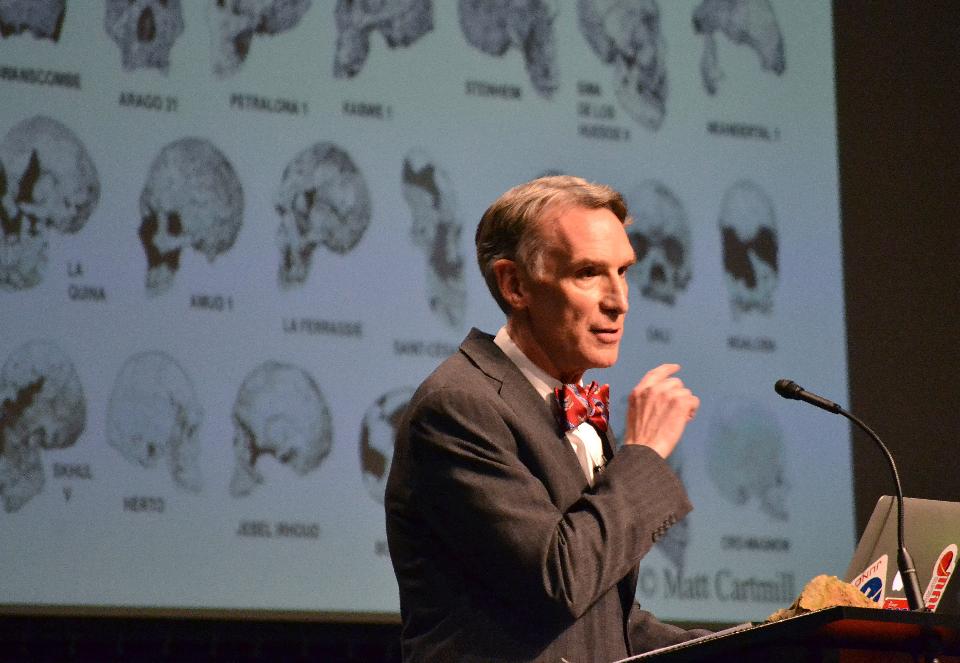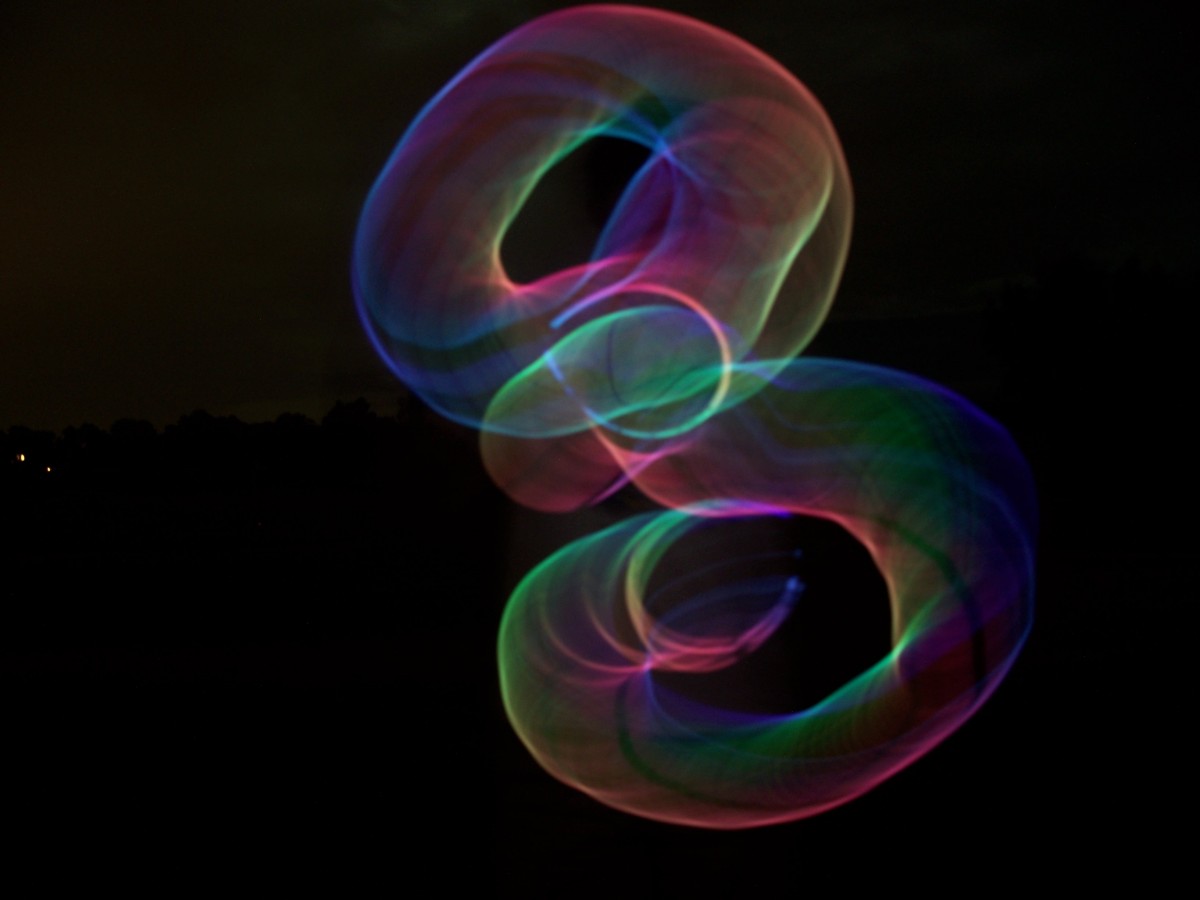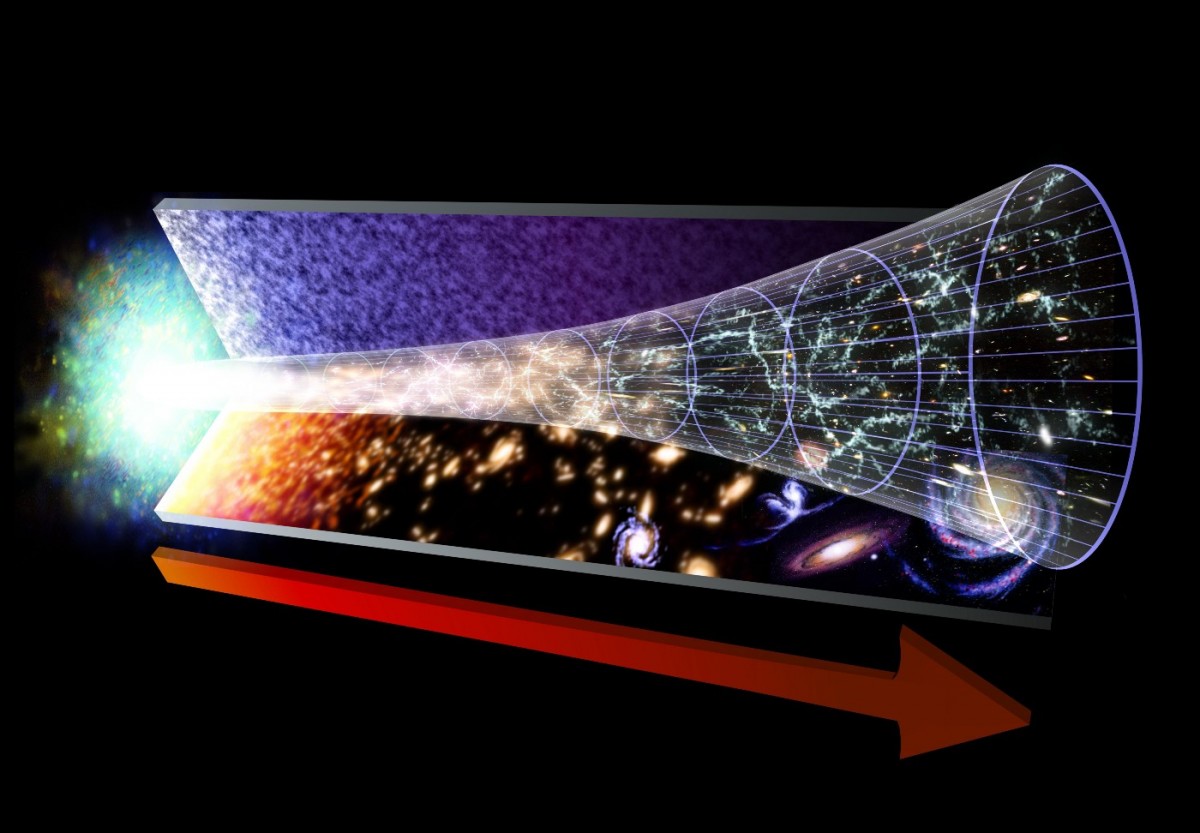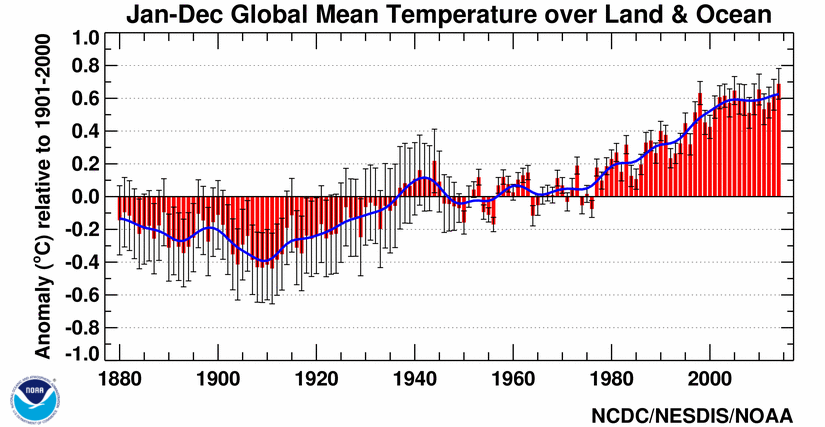Ask Ethan: What makes a theory scientific?
- Transfer

Bill Nye on evolutionary and creationist debates, 2014
If you listen to the dark corners of the Internet, you can hear how people condemn such well-founded scientific facts like evolution, the Big Bang, and even gravity, saying that "these are just theories" . Of course, there is a big difference between scientific theory like evolution and the biblical history of creation, but the difference between atomic theory and phlogiston theory is no less. One is accepted, the other is not, but both are scientific theories. Is there a good and meaningful way to distinguish between them? The reader asks:
Creationists say that “evolution is only a theory,” that is, we are not sure that it is true. Creation of the world is another theory. "Agitating for science is responsible," no, in science the word "theory" means different from colloquial. "I do not think this is an honest answer. In some cases, for example, with the theory of evolution, the theory of universal gravity, the theory of relativity, or quantum theory — yes, these are all scientific models that have been experimentally verified, but is the word “theory” used everywhere in science for such proven theories?
Several different concepts are mentioned here, and because of the carelessness of a spoken language, it is easy to speak, to confuse one with another and to fall into the trap of misunderstanding. Let's focus on three different things that we can keep in mind when talking about “theory” in science: an idea, a platform, a proven model.

1) Idea. Indicates what is colloquially referred to as "theory", applied to good and bad ideas, right and wrong, scientific and unscientific. All good scientific theories began in the form of ideas - say, Einstein relativity, which began with the idea that the light coming in the direction from you will not slow down if you try to catch up with it. But Vasya’s idea from a nearby street that the moon is a meteorological probe launched by the US government to deceive people is also an idea. When someone begins the phrase: “I have a theory,” the quality of this idea cannot be established without further testing. In general, the distinguishing features of a good idea are:
• Likelihood - does it fit in with other things that we know are true?
• Uniqueness - is this idea different from older, already existing ideas?
• Strength - does this idea explain several phenomena or observations, or only one?
• Simplicity is a subjective concept, but a good idea usually explains everything easier than others. Is this the case?
• Verifiability - and, finally, is there a way to test this idea, and determine if it is supported by evidence?
The first 4 criteria are good to have any idea, and they often help to check its quality - but only the latter determines whether it is a scientific theory or not.
If it can be tested and assessed on the basis of evidence, measurements, experiments, and observations, then the idea is scientific. It does not matter what kind of test these results will have.

2) Platform. For some ideas that have these features, you need to work with their consequences before they can be tested. And these theories are scientific too! This does not mean that they are valid scientific theories, but science consists not only in the final result. Science is a process of research, choosing paths with an unclear purpose, opening up opportunities and agreeing that nature should surprise you. Many scientific ideas serve as platforms for research, as a result of which they may or may not be confirmed. Among them:
• Additional measurements,
• supersymmetry,
• Great Unification Theories (TVO);
• The existence of a ninth planet;
• String theory -
and these are just some of them. The platforms, which turned out to be wrong, were once scientific - like the theory of a flat Earth, geocentric theory, Lamarckism , the static Universe or the theory of the planet Vulcan. When the platform is refuted, it is rejected until the new evidence, if it appears, returns it, often in a new form.

Of all the possibilities listed above, some indirect evidence is available for the theory of the ninth planet, and observations in the next 10–20 years should confirm or refute it. Primary TVO predicted proton decay in about 10–30 years; Our current ratings are 10 35years say that those theories cannot be true, but others may be correct. In any case, this is not a pillar of science, but simply some basis for different ideas. While most theories can remain on this list for a very long time, the theory of the ninth planet will either be thrown out or move to the pantheon of theories.

3) Confirmed and accepted model. This is the goal of any scientific theory. Your idea was not only plausible, unique, strong, simple and verifiable, not only turned into a platform on the basis of which you can work out the consequences and make predictions, but these predictions were tested in all possible ways and successfully passed all the tests. So the theory should rise to the top of the food pyramid! Here, at the top, the air is thin, and such theories as Darwinian evolution, Einstein gravity and quantum field theory live. Here and the Big Bang, along with cosmic inflation, dark matter and dark energy. And yes, my dear readers, global warming is also here.

You need to understand the following: these positions are not constant! These are the leading scientific theories of our time, but all of them have inherent limitations on the range of action. Perhaps sometime the string theory will replace both Einstein gravity and quantum field theory, or another theory of quantum gravity will bring Einstein down from the top. This does not mean that Einstein was wrong, we simply reach the limit in that Einstein gravity can tell us, just as Einstein showed, that lies outside the limits of Newtonian gravity. Science is a constantly evolving process, in which we collect more and more information about the world, and sound scientific theories adopted in our field are the most valuable bits of understanding and knowledge that we have.
And yet we continue to scrutinize and investigate. We continue to generate new ideas and find new ways to resurrect old ones. Every day the amount of information collected by people about the Universe increases, as does our scientific understanding of everything that exists in it. A theory can be scientifically different in ways — as long as it is in principle verifiable, it is scientific — but not every scientific theory turns out to be true. The greatest joy is to observe which of the huge number of possibilities will ascend to the pantheon of confirmed and accepted scientific models, since this is the quintessence of the growth of knowledge about our Universe. I would say that the next one will be a theory about why there is more matter in the Universe than antimatter. But, like all potentially validated ideas, for now this is only a platform. Stay with us.
